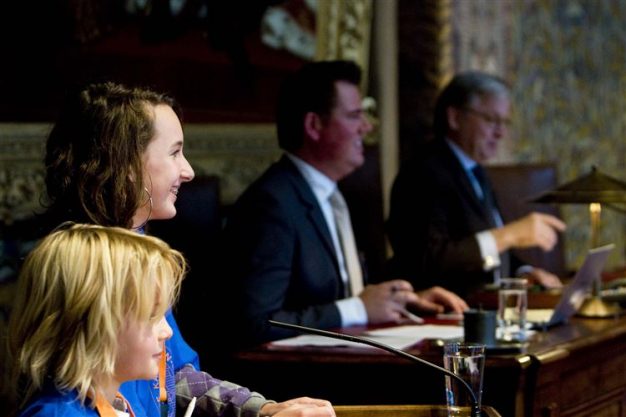
Local governments in New Zealand bring children into the center of decision making
It is widely acknowledged that children’s interests are all too easily overlooked in policy development and implementation. The local governments in New Zealand conducted child impact assessments to increase the visibility of children in public policy practices and to see how it successfully contributed to the local goverment planning.
“The New Zealand Office of the Children’s Commissioner was interested in testing the feasibility and effectiveness of child impact assessments at the local government level of democracy. With AUT University’s Local Government Centre, child impact assessments were undertaken in two local councils (municipalities), with the implementation challenges, successes and outcomes being monitored.”
Child Impact Assessment
“UNICEF provided additional resourcing to support the venture as a complementary process to promoting its Child Friendly Cities initiative. An external Expert Reference Group was convened to support and guide the project.”, explained Barbara Lambourn, National Advocacy Manager at the UNICEF New Zealand.
Child Impact Assessment involves assessing a proposed policy, decision or activity to determine its likely impact on children. It is designed to ensure the best interests of the child becoming a primary consideration in all actions affecting children, including actions undertaken by governmental bodies, including local government,
“The importance of creating greater awareness of children’s strengths and needs when developing policies, allocating funding and delivering services is crucial.”, added Lambourn.
Benefits
The benefits of an enhanced understanding by decision-makers of children’s needs are potential cost savings where services and children’s needs are aligned. Child impact assessments are one mechanism that can raise awareness and facilitate action.
Pilot schemes
Two child impact assessments were piloted in Auckland City [pop. 401,000] and Manukau City [pop 335,000]. Both cities have young, diverse populations, with a high number of recent migrant families living alongside long-standing indigenous and ethnic communities.
“A researcher worked alongside both Auckland and Manukau City Council-based Child Advocate Officers to identify which council policy or project could most usefully be adopted for piloting a child impact assessment. Simultaneously, the pilot project enabled the child advocates to promote the best interests of local children with their council colleagues.”, said Lambourn.
Children’s contribution
Auckland City decided to canvass the opinions of children who lived in apartments in the Central Business District so as to influence future inner-city development. These children were aged 4 -12 years.
Manukau City wished to work with local children to better understand the continuous litter problem between local shops and primary schools, and to add this information into Council’s broader waste management strategy.
“One result of implementing and completing the pilots was the development of a 6-step template to guide the design of an inaugural Child Impact Assessment in local authorities. The presentation will describe the pilot’s conclusions, including factors that improve child impact assessments being successful in the local government sector.”, concluded Lambourn.




